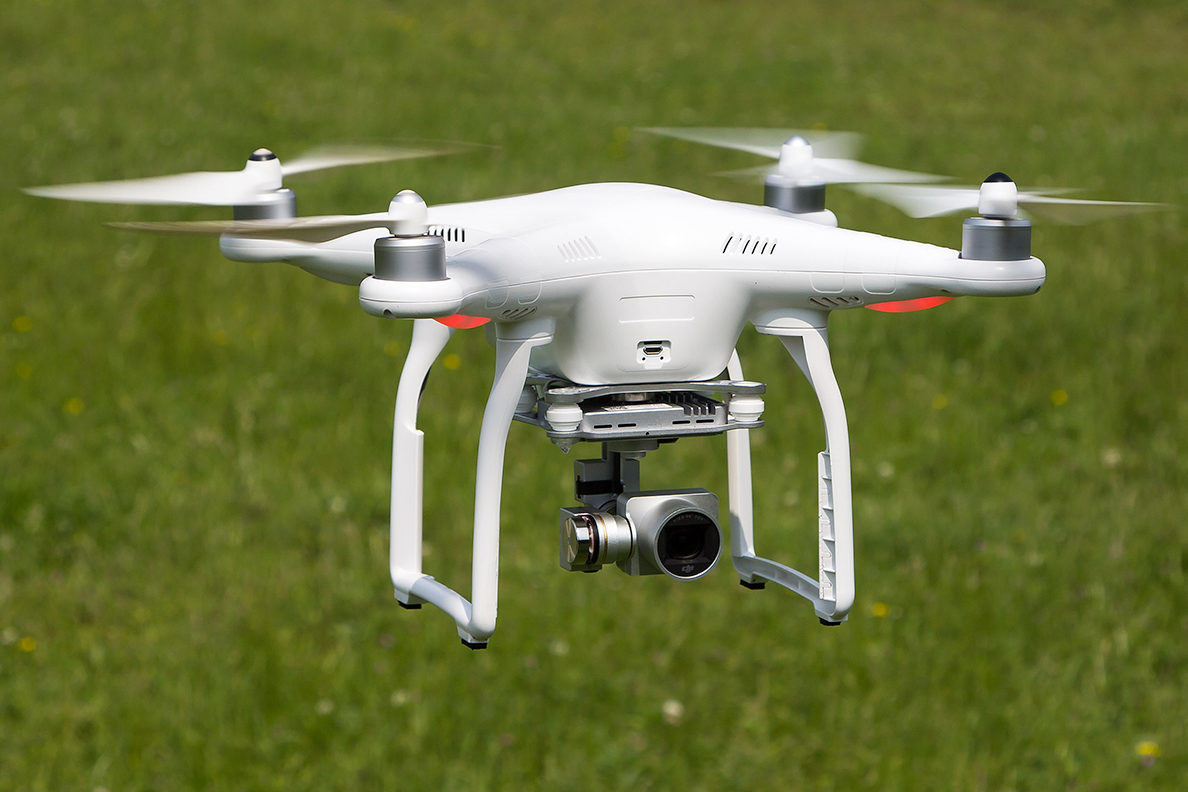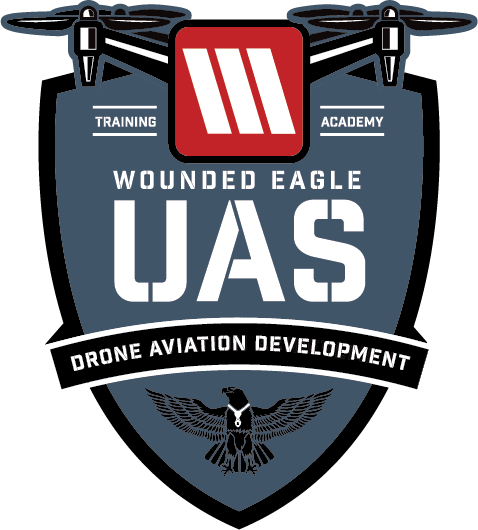Enhancing Warfighter Lethality Through Recreational sUAVs

Introduction
Evolutionary advancements and technologies are rapidly taking place in the military ser-vices. As our combat forces adapt into greater usage of these diverse technologies, the updating and adaptation of tactics, techniques, and procedures (TTPs) must follow.
The modern-day warfighter has never before been so formidable. New weapons platforms, laser range finders & designators, GPS guidance, multiple sensor arrays, robotics, and intra-networking capabilities are all developing at a rapid pace. And…..are all quickly being deployed and landing in the hands of our forward deployed combat personnel.
As stated by Mr. Richard Marcinko, “The more you train in sweat, the less you bleed in battle”.
With that in mind, a warfighter’s training is a constant and never-ending evolutionary cy-cle. Optimizing the time required to conduct training is a constant challenge. For the unit commander and leadership,
it involves assembling assets, coordinating facility access, dealing with bureaucracy* (Chain of Command), logistics, and funding, or lack thereof. These all represent a challenging endeavor for commanders who request additional train-ing in an effort to deploy with the best trained and most well-rounded individuals.
Throw in deployments, field training exercises, combat training center (CTC) rotations, along with already high operational tempos (OPTEMPO), and not to mention personal, legal, and medical challenges of assigned personnel; all of which add to the layers of the onion that need to be peeled back to accomplish impactful training.
Now, consider the option of voluntary training during off duty hours. This could prove to be an effective and highly efficient method of engaging the warfighter into becoming an even more lethal asset, during both peacetime & in times of conflict.
Enter the Drone!
New, small unmanned aerial vehicles (sUAV), aka “drones or quadcop-ters” are coming on line at the company, platoon, and squad level. Our combat forces utilizing these systems will have to be educated, and evolve their skills on how to safely conduct operations & employ sUAVs in hostile and GPS denied/contested environments.
One method to counter this obstacle, is to have competent sUAV operators trained and capable of operating at a Tier-1 Level. To achieve this level of control with an sUAV, the operator requires time/hours behind the “sticks” practicing and mastering their flight skills, as well as their limitations.
During their down time, they can achieve this ability with existing facilities and assets readily available, adaptable, and affordable for conducting authorized personal flight training exercise, all while “off-duty”. And, because this training is entertaining and fun, the odds are these service members will be excited to have the opportunity to hone their skills and flying abilities.
*Bureaucracy – the conversion of energy into solid waste
Now enters Immersive Training via First Person View (FPV)
FPV flying is an exciting, established, and proven method of operating an sUAV at dis-tances well over a kilometer. Quadcopters are fast, small, and agile.
They can reach speeds in excess of 100 miles per hour in the blink of an eye, and are capable of turning on a dime. They are acrobatic in nature and they are inexpensive to purchase, maintain, and operate.
The operators can push these systems to their limits, and still easily main-tain & repair the systems in the field with just simple hand tools. This training provides the operator the opportunity for enhanced muscle memory training, reaction, and response to an ever-changing environment.
FPV has also come along way with high-definition (HD) micro cameras connected to ana-logue or digital transmitters. This provides the operator with a true bird’s eye view of their surrounding environment, and allows for exceptional situational awareness.
FPV goggles have not lagged behind either. With their higher resolution screens and sharper images, millisecond lag time, and low-profile form factor, making these optimal platforms for aggressive sUAV flight training practice and development.
Facility Requirements
Supporting and promoting FPV flight training for off duty personnel requires an open or enclosed space, depending on availability. In an enclosed environment, a base bowling alley can be converted with a lighted obstacle course for FPV racing in less than an hour.
The same ability could be supported by a warehouse or barracks. Outdoor courses could also be set up in the same amount of time, or less. Operational capabilities in the con-fined spaces of commercial offices can also be ideal for the operator to maneuver through.
Providing authorization for operational usage areas will provide sUAV operators the abil-ity and opportunity for recreational usage of approved quadcopters, allowing them to re-fine and enhance their tactical skills, develop instinctive, intuitive and aggressive flight performance, as well as build on their competitive determination.
This will enhance our warfighter’s capabilities into a formidable warrior to contend with. It will also provide com-manders with the tools needed to dominate future urban battle grounds where combat may be conducted in complex, confined spaces, and the employment of sUAVs will be critical for mission success.
Safety First
As with everything you do in the military, always discuss and coordinate non-standard training with immediate & installation leadership. Ensure any operations and systems employed are approved prior to execution, and always follow local, state and federal rules, policies and regulations while conducting flight operations.
Also, be familiar with restrictions in place by the Department of Defense on the type of systems that are au-thorized for use on military installations, and any policies that may impact your ability to train on the installation.
